Time:2025-03-12 Preview:1
With the rapid development of technology and the increasingly fierce global competition, China's manufacturing industry is facing unprecedented challenges and opportunities. Looking forward to 2025, we have every reason to believe that China's manufacturing industry will witness five significant trends. These trends will not only profoundly change the future direction of the industry, but also bring new development opportunities to related enterprises and practitioners. So, what exactly are these trends? How should we deal with and grasp these changes? Let's explore the future trends in manufacturing together and see if we are ready to meet the challenges and opportunities.
01
1.Intelligent manufacturing and industrial Internet
◇ Core highlights and practical guidelines
The synergy between AI technology and industrial Internet runs through the entire production process. The application of AI tools such as DeepSeek has made predictive maintenance of equipment possible. Meanwhile, digital twin technology has further optimized the process flow, thereby achieving an increase in production efficiency of up to 20% to 30%. The popularization trend of smart factories is becoming increasingly obvious. The annual output of industrial robots has exceeded 556,000 sets, marking that the manufacturing industry is gradually transforming from a "resource-driven" model to an "information-driven" one.
Practical Guide: Enterprises should actively lay out "AI+ digital twin" technology, such as optimizing the design cycle of complex components in the aerospace manufacturing field and achieving full-chain visualization of production data. Meanwhile, make full use of the industrial Internet platform to promote real-time collaboration and optimization of the supply chain.
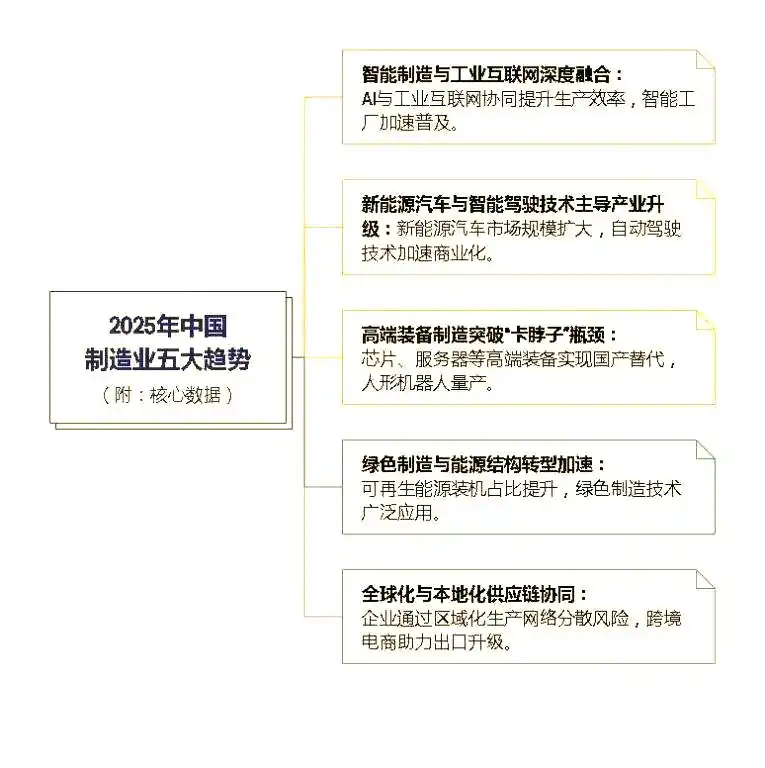
02
2.Industrial Internet platforms promote collaboration
◇ Core highlights and practical guidelines
As a key link connecting people, machines and things, industrial Internet platforms are increasingly playing an important role in promoting supply chain collaboration and optimization. Through real-time data collection and analysis, the platform can achieve transparent management of the production process, thereby optimizing resource allocation and enhancing the overall response speed of the supply chain.
Practice Guide: Enterprises should make full use of industrial Internet platforms to achieve real-time collaboration and optimization of the supply chain. For instance, in the field of automotive manufacturing, through the real-time monitoring and analysis of production data by the platform, potential problems can be identified and resolved in a timely manner, ensuring the efficient and stable operation of the supply chain. Meanwhile, the platform can also help enterprises achieve refined inventory management and reduce inventory costs.
03
3.New energy vehicles and intelligent driving
◇ Core trends and proposed measures
New energy vehicles are gradually entering the "second half of intelligence", and their market size is expected to achieve significant growth by 2025. The continuous advancement of intelligent driving technology is driving the entire automotive industry towards higher efficiency, greater safety and greater environmental friendliness.
14 million vehicles, L3-level autonomous driving technology is accelerating its commercialization. Automakers are gradually breaking free from the shackles of "price competition" and turning to a "vertical integration" development model. They enhance their control over the industrial chain by independently developing core components such as chips and motors.
In addition, it is particularly important to strengthen the layout in overseas markets. We can take advantage of the favorable conditions brought by the Belt and Road Initiative to further expand the potential of emerging markets such as Southeast Asia and the Middle East. At the same time, close cooperation with universities and research institutions is also indispensable, jointly developing key technologies such as high-precision sensors and automotive-grade AI algorithms to maintain a leading position in the industry.
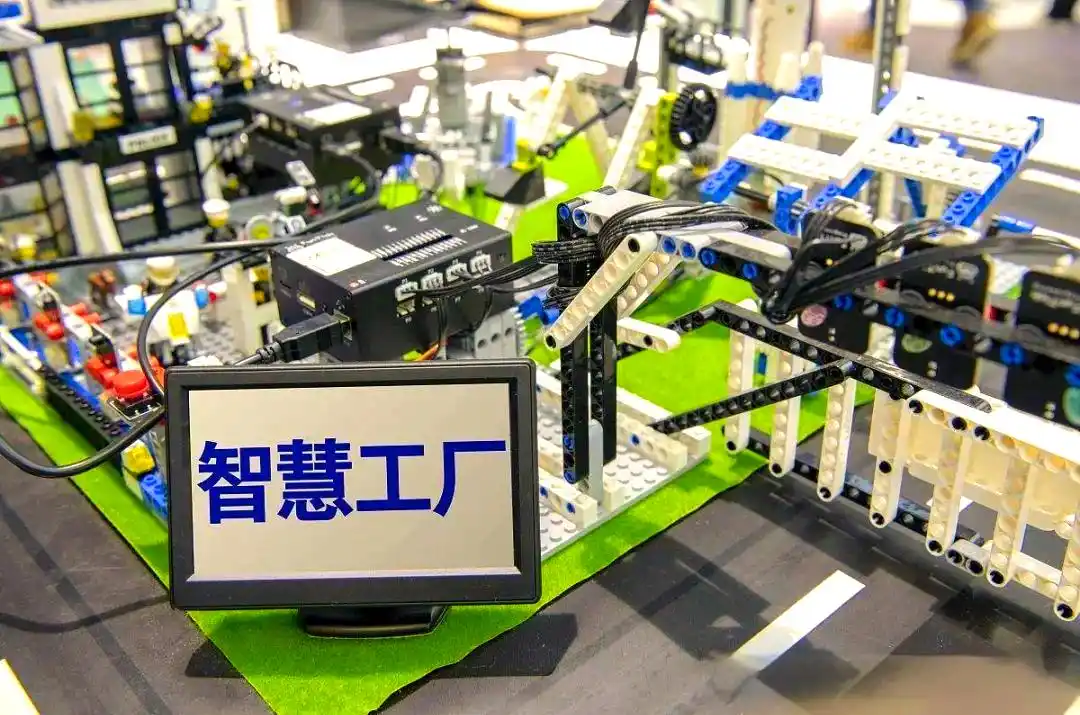
04
4.Breakthroughs in high-end equipment manufacturing
◇ Core highlights and suggested measures
China's 28nm chip production capacity remains the world's largest. Meanwhile, domestic server systems have successfully occupied half of the domestic market share. The output of high-end CNC machine tools increased by 10.5%, marking the official entry of humanoid robots into the mass production era.
Suggested measures: Establish a collaborative innovation system of "technology mergers and acquisitions + joint research and development", for example, encourage new energy enterprises to jointly build laboratory research platforms with higher education institutions; In addition, the patent cross-licensing mechanism is utilized to break through technical barriers, thereby accelerating the substitution process of domestic high-end equipment.

05
5.Green manufacturing and Energy structure transformation
◇ Core progress and implementation suggestions
China accounts for as high as 86% of the global installed capacity of renewable energy. Especially in terms of the output of wind power and photovoltaic equipment, China has remained the world's largest. In addition, the promotion and application of ultra-high voltage transmission technology and the upgrading and transformation of smart grids have effectively promoted the improvement of energy utilization efficiency.
Implementation suggestions: It is recommended that enterprises adopt the concept of circular economy, for instance, by optimizing reaction conditions to reduce energy consumption in the chemical industry. Meanwhile, a carbon footprint management platform should be established to adapt to increasingly strict international environmental protection standards such as the EU carbon tariff.
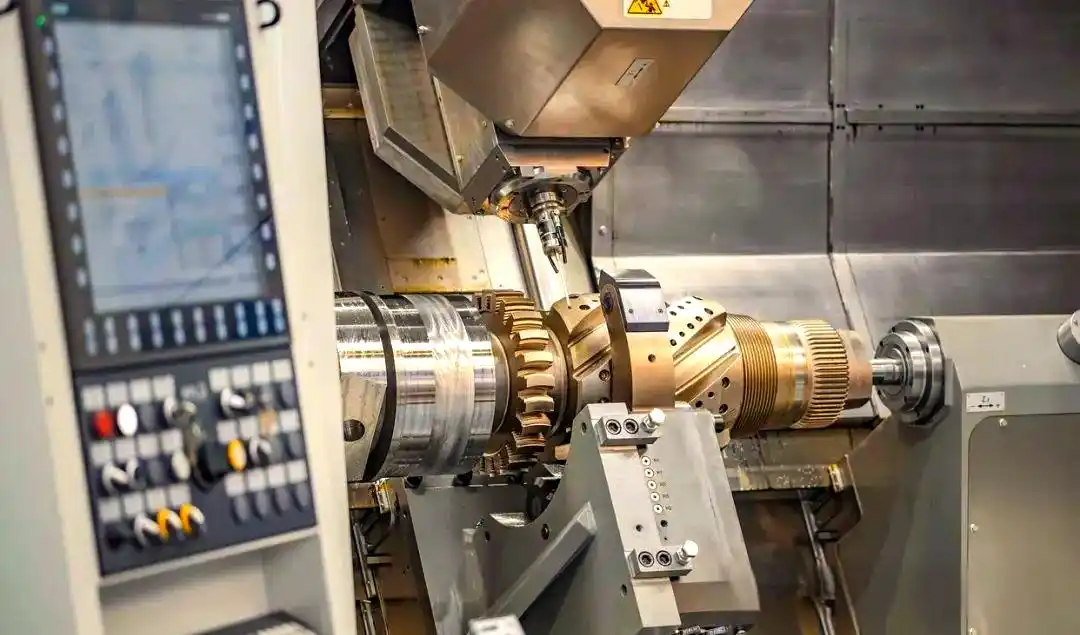
06
6.The synergy of globalization and localization
◇ Core highlights and practical guidelines
Under the background of the coordinated development of globalized and localized supply chains, China's manufacturing industry is embracing new development opportunities. Benefiting from the advantages of regional production networks in terms of geographical risk dispersion, orders in industries such as automobiles and ships have continued to grow and are expected to persist until 2028.
Meanwhile, the integration of cross-border e-commerce and intelligent logistics has further promoted the export upgrade of "Made in China", enabling China's share in the global market to continue to rise and exceed 20%.
Practice Guide: Build the "dual circulation" capability, that is, adopt the strategy of "small-scale pilot combined with rapid iteration" in overseas markets, while in China, focus on strengthening the stability of the supply chain. In addition, inventory management can be optimized through digital twin technology, thereby reducing transportation costs.
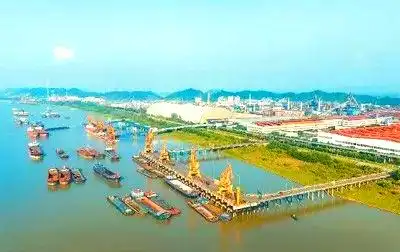
07
【 Trend Correlation and Core Data 】
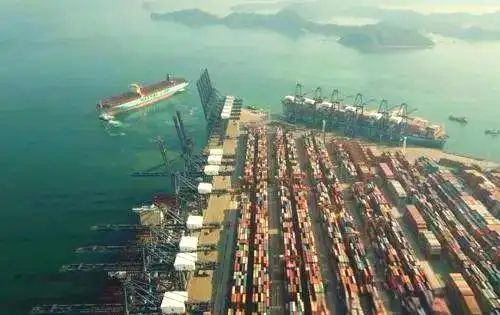
◇ The scale and growth rate of core industries
In 2025, China's manufacturing industry presented some key data characteristics. Firstly, in the machinery industry: The added value of enterprises above designated size increased by 6.0% year-on-year, exceeding the national industrial average level.
◇ Performance of key industries
Orders for construction machinery and shipbuilding are full. It is expected that by January 2025, the sales volume of loaders will reach 7,920 units, an increase of 1.51% compared with the same period last year. Meanwhile, the export volume also achieved a significant increase, reaching 4,214 units, with a year-on-year growth of 3.84%. In addition, China's high-speed rail technology is at the forefront globally. The performance of the Beidou Navigation System even surpasses that of GPS, and the space station has achieved independent operation.
◇ Achievements of digital and intelligent transformation
In terms of digital and intelligent transformation, over 80 enterprises in China have been successfully selected as the first batch of national-level intelligent factories, among which 6 have even been honored with the title of "Lighthouse Factory" globally. Meanwhile, the penetration rate of digital R&D and design tools in various industries has exceeded 80%, demonstrating a wide range of application trends. Through digital and intelligent transformation, industries such as textiles and coal have not only reduced costs by 10% to 30%, but also significantly improved the efficiency of coal mining.
◇ Green manufacturing and energy transition
In terms of green manufacturing, China has also made significant breakthroughs in energy-saving technologies. The application of ultra-high voltage transmission technology and the transformation and upgrading of smart grids have effectively enhanced the efficiency of energy utilization. Meanwhile, by adopting the circular economy model, chemical enterprises have reduced energy consumption and contributed to green manufacturing.
◇ Supply Chain and Global Layout
Through intelligent logistics and cross-border e-commerce, the competitiveness of China's manufacturing industry in the international market has significantly improved. Export upgrade: Cross-border e-commerce and intelligent logistics solutions have jointly driven the growth of exports, and the new export order index has entered an expansion stage. At the same time, it also reflects that the production efficiency and supply chain collaboration capabilities are continuously optimized.
Source of the article: Internet
